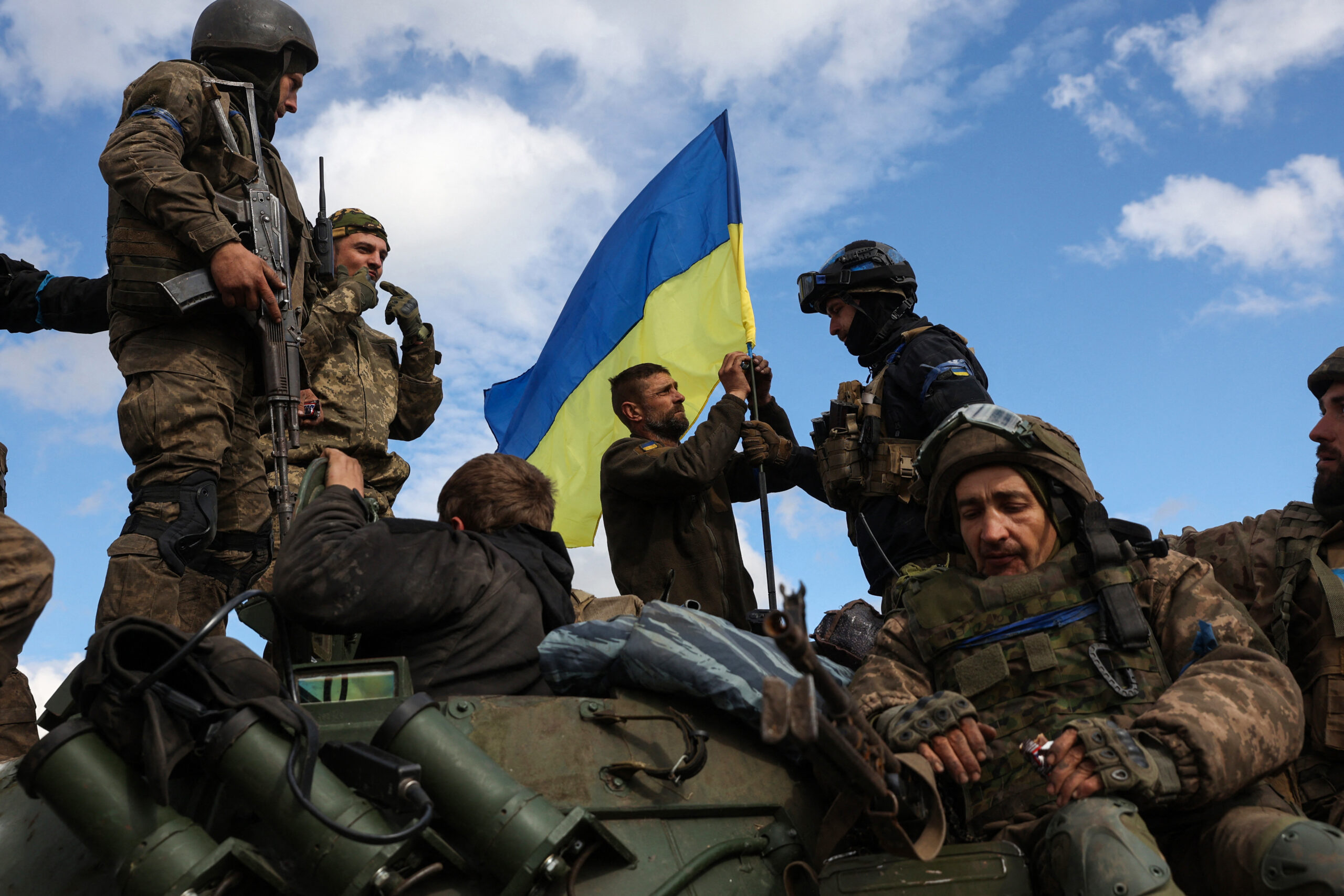
Introduction to the Current Situation in Russia
In recent months, the situation in Russia has become increasingly complex, involving a myriad of political, economic, and social challenges. Understanding these dynamics is crucial not just for the citizens within Russia but also for the international community, as the country’s actions have far-reaching implications on global scales, especially concerning geopolitical and economic stability.
Key Events Shaping Russia Today
One of the most significant events has been Russia’s ongoing conflict in Ukraine, which began in 2022 and has evolved into a prolonged military engagement. By December 2023, the situation remains fraught with tension, and international responses continue to shape Russia’s foreign policy. Sanctions imposed by Western nations have put significant pressure on the Russian economy, leading to inflation rates that have dramatically affected the cost of living. Reports indicate that the Russian government is now focusing on strengthening its internal market and enhancing ties with non-Western countries, such as China and India, in an effort to mitigate these economic strains.
Additionally, internal politics have seen a crackdown on dissent and suppression of independent media. President Vladimir Putin’s government has intensified its efforts to manage public opinion through state-controlled narratives. Recent protests against mobilization and dissatisfaction with the economic situation were swiftly dealt with by law enforcement, illustrating the fragile balance the Kremlin seeks to maintain.
Social Implications and the Path Forward
Socially, the Russian populace is facing a transformative phase. The government’s tight grip on information and rising discontent among citizens have raised questions about the stability of the regime. According to a 2023 survey conducted by the Levada Center, a significant portion of the population fears international isolation and economic hardship, which feeds into a growing desire for change amongst the youth and urban populations.
Looking ahead, analysts warn of continued volatility in and around Russia as it navigates both domestic pressures and international repercussions of its geopolitical stance. The significant challenges ahead may force a reevaluation of its policies, potentially leading to changes in leadership or policy direction should public dissent continue to rise.
Conclusion
The developments within Russia are not urgent solely for the country’s stability but are pivotal in understanding broader global tensions. The country’s path ahead appears fraught with choices that will impact not only its citizens but also regional and global dynamics for years to come. Monitoring these developments is essential for both political analysts and everyday citizens, as they offer insights into the future of a pivotal nation on the world stage.
You may also like

Boris Johnson: A Look at His Current Political Landscape

Recent Developments Involving Jacob Rees-Mogg
